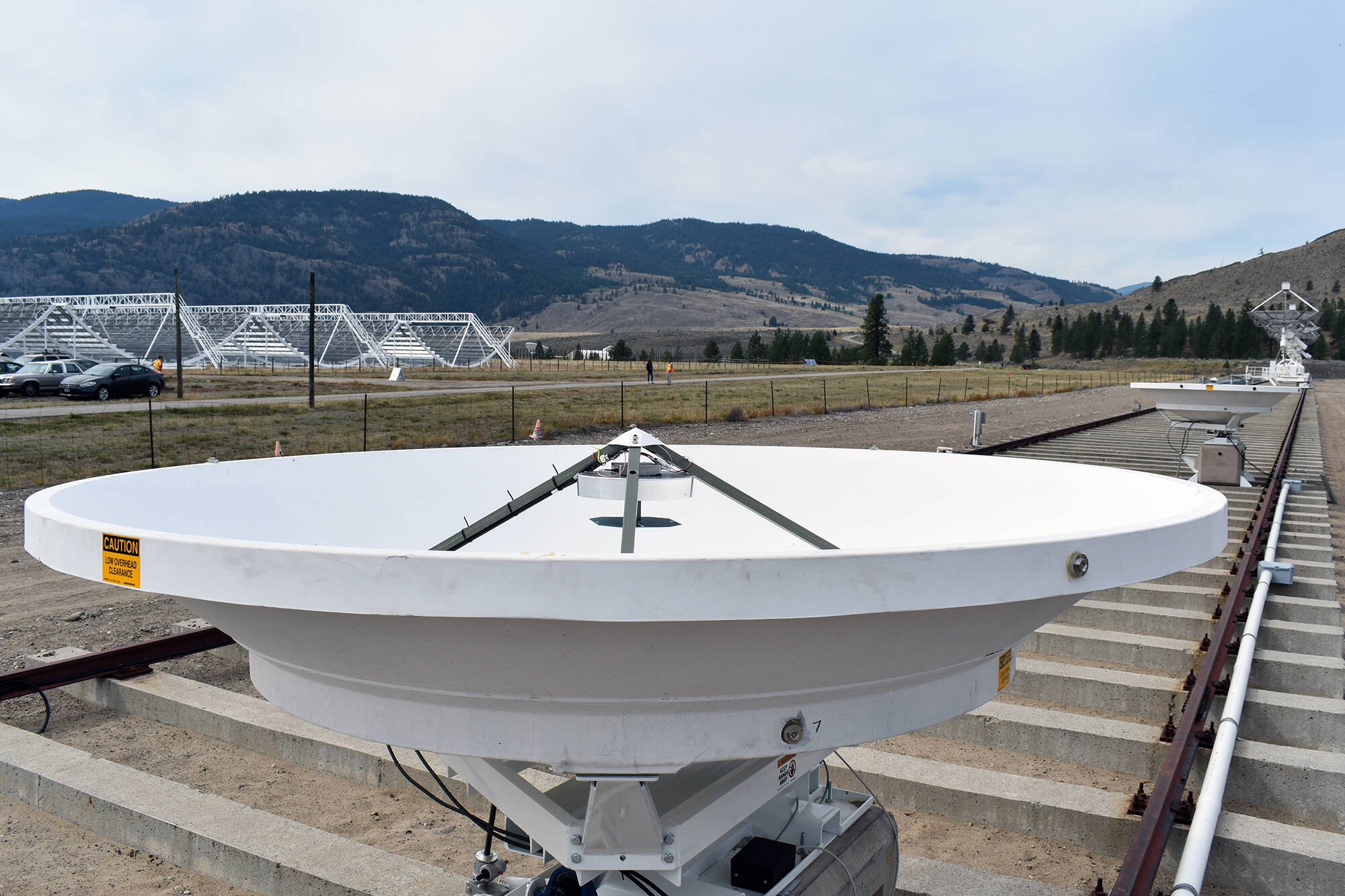The South Okanagan’s radio telescope has picked up more signals from far beyond our solar system.
The Candian Hydrogen Intensity Mapping Experiment, CHIME, picked up 25 new repeated fast radio burst (FRB) sources between 2019 and 2021 according to the paper, which was published in the Astrophysical Journal in April.
CHIME is located at the Dominion Radio Astrophysical Observatory at White Lake outside Kaleden, where its sensors are constantly pointed toward the stars.
The latest set of discoveries include signals that are extra-galactic, coming from beyond the Milky Way.
CHIME was the first to detect patterns of repeated FRB signals in 2020, with previous FRBs failing to produce patterns despite how long or short a period they were observed for.
READ MORE: CHIME finds four days of noise, twelve days of silence from space
Since then, however, more sensitive systems have been able to detect repetitions from previously spotted FRBs.
The paper also adds that there are 14 more sources as promising FRB sources for follow-up observations.
The sources of the signals are still a mystery, but the fact they repeat has so far ruled out events like supernovae or other cosmic cataclysms. The most likely cause at the moment, while disappointing to some, is not aliens but instead a particular type of dense star known as a magnetar.
The paper can be viewed online at iopscience.iop.org/article/10.3847/1538-4357/acc6c1/pdf.
To report a typo, email: editor@pentictonwesternnews.com.
Don’t miss a single story and get them delivered directly to your inbox. Sign up today for the Penticton Western News Newsletter.
@PentictonNews
newstips@pentictonwesternnews.com
Like us on Facebook and follow us on Twitter.

